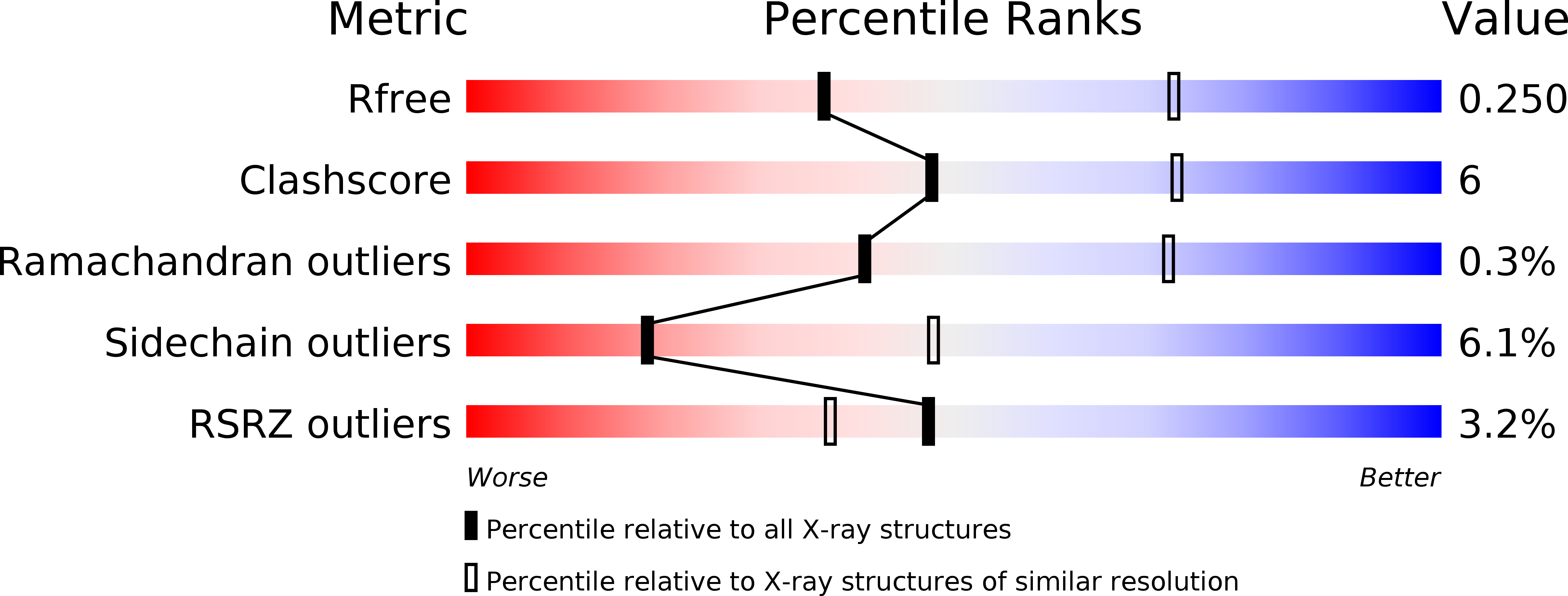
Deposition Date
2017-07-31
Release Date
2018-04-11
Last Version Date
2023-11-22
Entry Detail
PDB ID:
5Y40
Keywords:
Title:
Structure of the periplasmic domain of the MotB L119P mutant from Salmonella (crystal form 2)
Biological Source:
Source Organism:
Host Organism:
Method Details:
Experimental Method:
Resolution:
2.80 Å
R-Value Free:
0.25
R-Value Work:
0.21
R-Value Observed:
0.21
Space Group:
P 4 21 2


